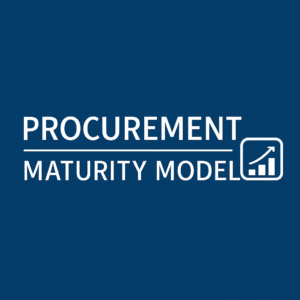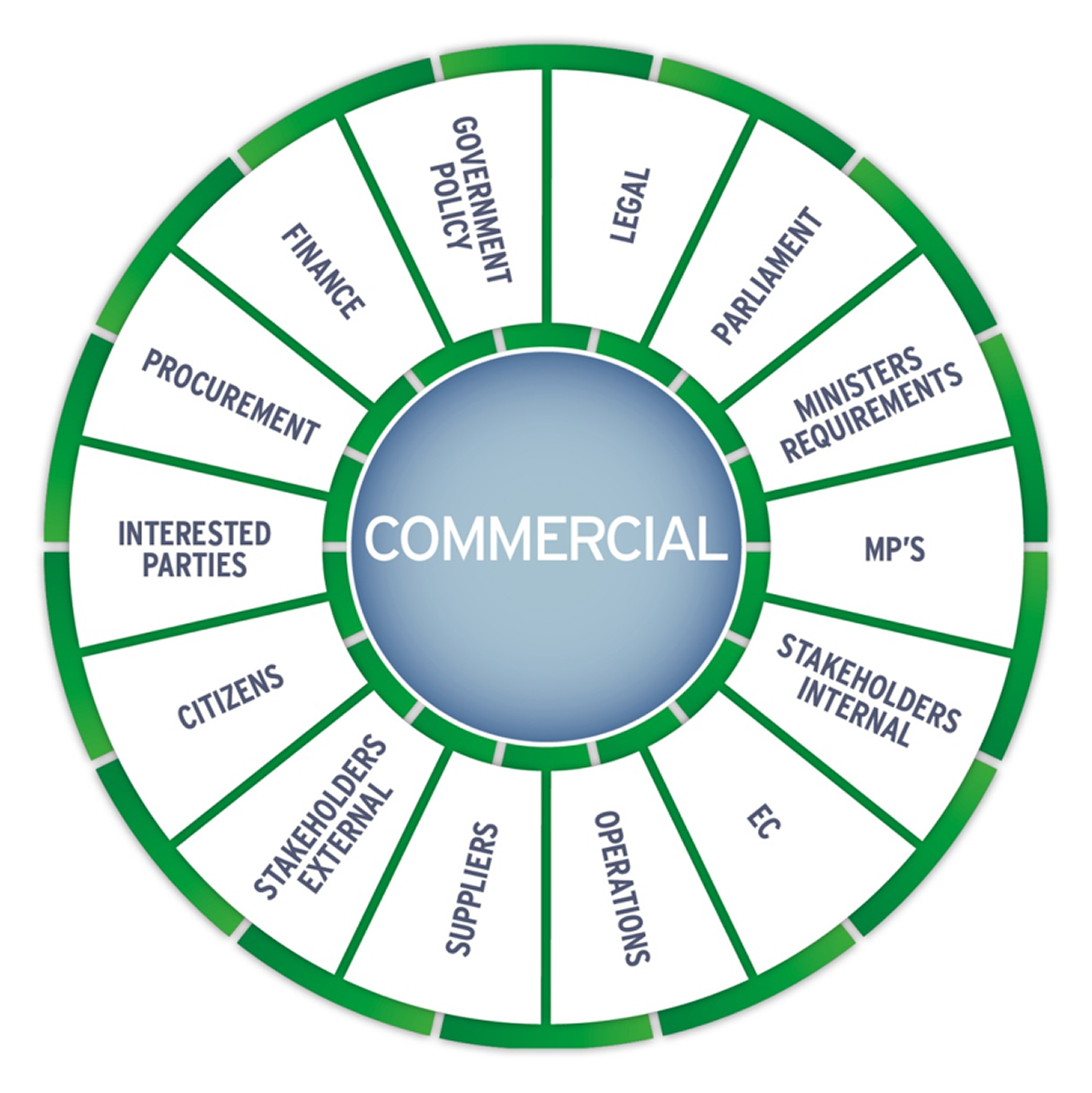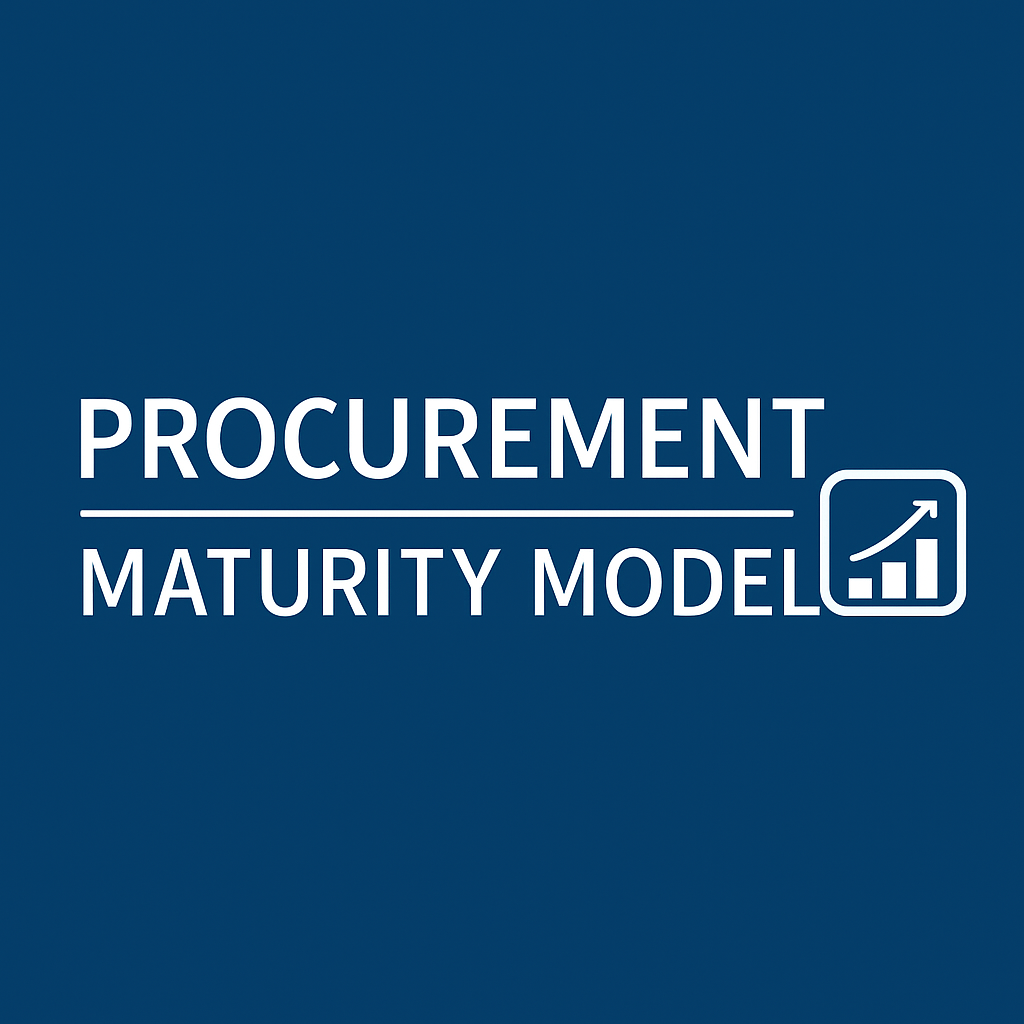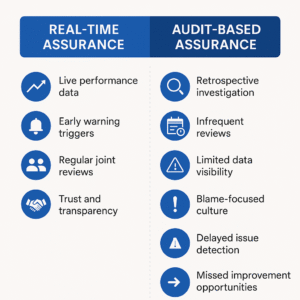
 In the ever-evolving procurement landscape, organisations are under increasing pressure to demonstrate value, ensure compliance, and support strategic outcomes. Yet, many struggle to objectively assess their current position on the journey to procurement excellence, or how to make progress. That’s where a structured Procurement Maturity Model (PMM) comes in.
In the ever-evolving procurement landscape, organisations are under increasing pressure to demonstrate value, ensure compliance, and support strategic outcomes. Yet, many struggle to objectively assess their current position on the journey to procurement excellence, or how to make progress. That’s where a structured Procurement Maturity Model (PMM) comes in.
At its core, a Procurement Maturity Model helps organisations assess their current capabilities, identify gaps, and prioritise improvements systematically. Based on practical criteria and real-world indicators, the model provides a common language for both procurement professionals and their stakeholders.
Why a Maturity Model Matters
Whether you’re driving transformation, preparing for an audit, or simply seeking better Alignment with corporate goals, a maturity model delivers:
-
✅ Clarity on strengths and weaknesses across sourcing, governance, processes, systems, and skills
-
✅ Evidence-based insights to support investment cases and change programmes
-
✅ Benchmarking within and across sectors
-
✅ Alignment between procurement activity and strategic priorities
A Structured, Scalable Framework
The model in question is built on a series of structured domains and assessment criteria. Each domain—such as Sourcing, Training, Compliance, or Policy Alignment—includes:
-
Key Questions to probe current practice
-
Supporting Indicators to identify good practice
-
Judgment and Evidence Prompts to guide discussion
-
Defined Levels of Attainment: from Ad Hoc through to Optimised
For example, in the Sourcing domain, organisations are asked:
“To what extent has a standard process for sourcing been defined and adopted?”
The assessment might explore policy links, compliance percentages, and documentation standards, culminating in a level judgement (e.g., “Managed” or “Repeated”).
This ensures the model is not just theoretical—it’s grounded in day-to-day procurement realities.
Benefits Beyond Compliance
Crucially, this is not about ticking boxes. The PMM enables a dialogue across teams, helping build capability from within. It promotes:
-
Consistency in approach across departments or regions
-
Transparency in governance and decision-making
-
Agility in responding to evolving organisational and market needs
For interim leaders and procurement professionals working in complex environments, the model provides an invaluable diagnostic and planning tool.
Next Steps: Embedding the Model
To make the most of the model, organisations can:
-
Run self-assessments with cross-functional input
-
Use it to prioritise actions in improvement roadmaps
-
Integrate into performance management and governance cycles
-
Align it with procurement strategy and digital transformation agendas
Final Thoughts
Procurement isn’t just about savings—it’s about delivering public value, commercial insight, and strategic contribution. A well-designed Procurement Maturity Model gives structure to that ambition. It helps you chart your course, mobilise your team, and measure your success—objectively and consistently.
Whether you’re just starting or striving for best-in-class, this model provides a robust foundation for procurement maturity, one question at a time.




